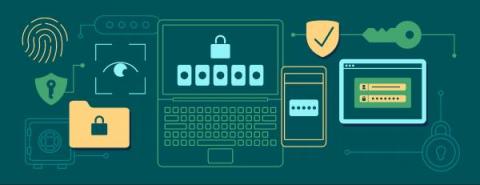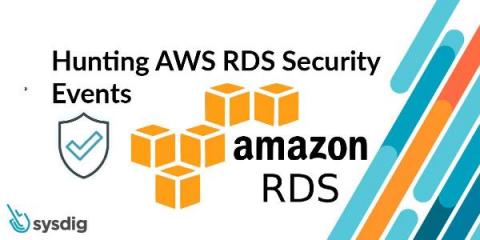CIS Control 4: Secure Configuration of Enterprise Assets & Software
Maintaining secure configurations on all your IT assets is critical for cybersecurity, compliance and business continuity. Indeed, even a single configuration error can lead to security incidents and business disruptions. Control 4 of CIS Critical Security Controls version 8 details cyber defense best practices that can help you establish and maintain proper configurations for both software and hardware assets.










